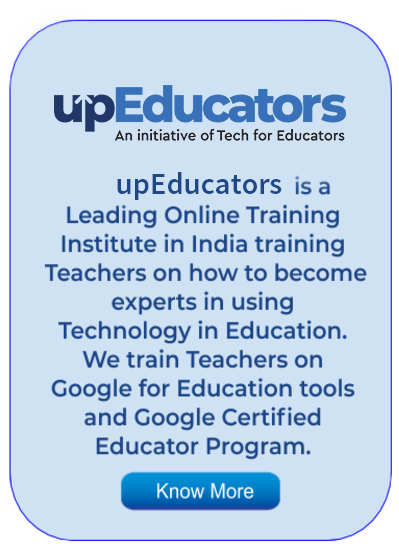Teachers have one of the most crucial and underappreciated jobs of all. The role itself has changed dramatically over the last 20 years, and now takes in an ever-increasing range of admin tasks that can take up as much as 60% of a teacher’s time. Catering to each child in a classroom as well as coming up with creative and fun ways to engage a student is hard work as it is. Aside from teaching in the classroom, teachers often have to work on the weekends to plan lessons and perform other administrative tasks such as managing attendance reports, correcting assignments alongside with other family or personal commitments. A lot of these tasks take up a large portion of an educator’s time — time that can be better spent on facilitating stronger collaboration with students or improving and upgrading oneself. So how can modern day technology play an important role in easing the teachers workload? Let’s find out!
Edtech can make a teacher work smarter and more efficiently and as a result the day-to-day workload seems to reduce and become more manageable. However, edtech used with no significant knowledge and understanding of the product can create more work often with little outcome and this can be frustrating to the user, to the point of giving it up. To avoid this unpleasant situation, we at Tech for Educators provide a training course for all educators on the benefits of using education technology not only in the classroom but also for personal use, thus enabling you to manage your time efficiently and effectively.
- Reduction of Repetitive Tasks
With Google tools such as Forms, teachers can now create quizzes on a specific topic and feed in the correct answers for automated correction. Therefore marking of multiple type answer questions can become automated which in turn, over time, will relieve the pressure of marking tests by hand. However, these tests will first have to be created in the system as mentioned above, but the workload can be shared between colleagues, it can be recycled, revised and reused over time. So one does not have to spend time in coming up with a whole new assessment.
- Flexible working
The Google for education tools is an ecosystem in itself. It is the perfect example where educators can share online documents of all sorts for collaborative activities between colleagues and students. These can be accessed at the tip of one’s fingers. The use of EdTech in this way, creates the flexibility which is required by teachers during busy times. The ability to share resources with others on a common platform, in a live document in which all parties can contribute to, can bring about more effective and smarter ways of working. Another added benefit is that teachers can securely access key data, records and marksheets to help them complete their work, which can then be synced from home or – if they are on a school trip – whenever there is a connection and a tech device.
- Increasing Reach
Modern technology is empowering educators at every level by allowing them to create lessons (pre recorded or otherwise) that can reach not just a small classroom, but rather thousands of students throughout the world. This is especially valuable in fields where teachers or professors are scarce. This medium of education is extremely useful for the creation of effective training programs at companies with workforces spread throughout different cities.
- Successful Solution Examples
In a traditional classroom the teacher would have to solve the solution on the board using only the chalk and board method. A teacher can now insert solutions and feedback which can be integrated into the online mode of testing. This type of learning gives the teacher the freedom to share the solutions using different methods. For example, students who are audio-visual learners, the teacher can share a YouTube video of the solution. For those students who are visual learners, the teacher can share a document of the answer. This enables the teacher to cater to each Childs’ needs by incorporating the use of technology in the class.
Practical Tech-Based Lesson Plans
The typical lecture method is now outdated. Blended learning is the new method! Teachers, students and technology can work together harmoniously both inside and outside the classroom, with the result that students are both supported and challenged. Teachers can also set work for students that complements their in-class learning, via which the students are assessed on their understanding. The teacher can then be presented with an overview of the results, as well as in depth analysis for each child.
Flipped classroom
Using this method of teaching the students are assigned resources which they have to review first and then carry out individual exercises. This can be extremely effective for both teachers and students. Here a teacher acts as a facilitator as the most part of the learning process is carried out by the student themselves. This allows the teacher to focus on tasks which can help deepen what knowledge the student already has.
Educators involved in the EdTech learn through the process and are able to connect better with their students. The use of technology in the classroom and outside has benefitted many teachers in reducing their workload by enabling them to focus on other tasks and increasing job satisfaction.
Author: This article is written by Elrica Menezes for Tech for Educators blog. She is a Google Certified Educator and teaches at Jamnabai Narsee International School, Mumbai.




